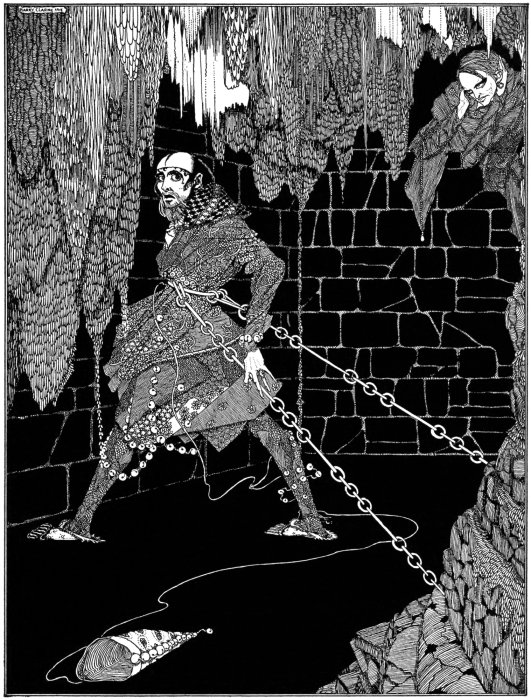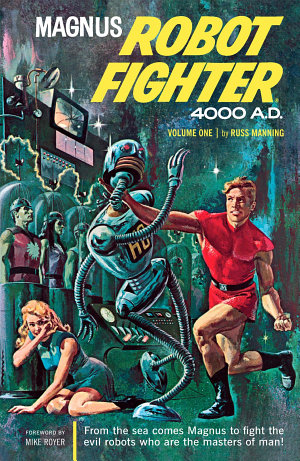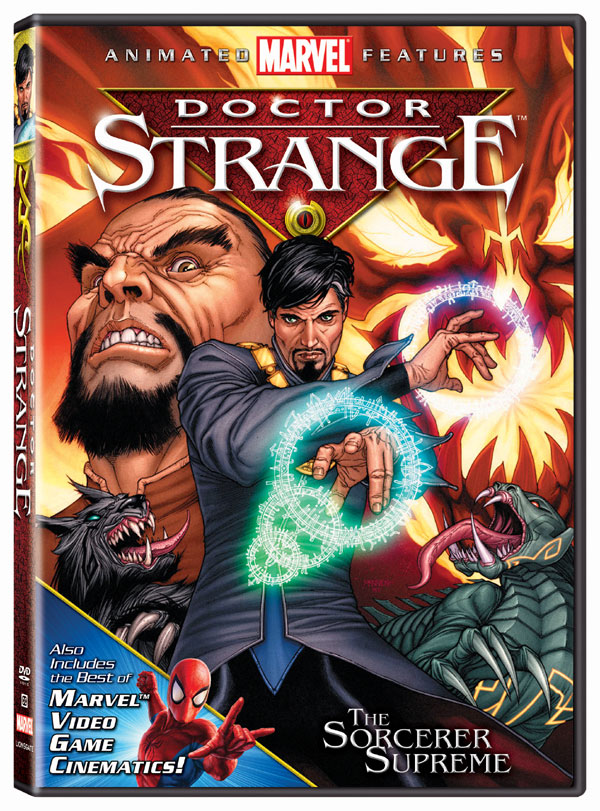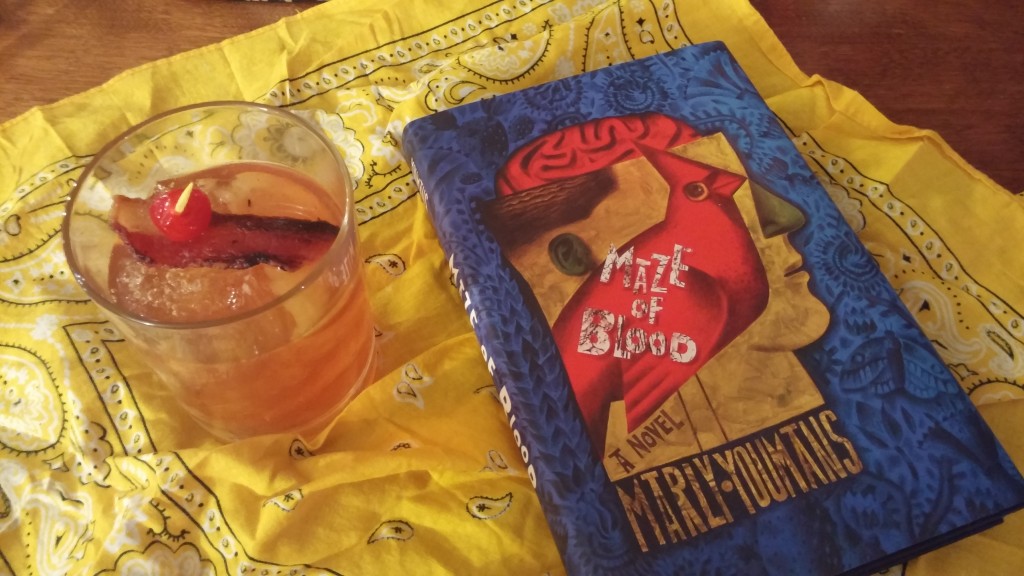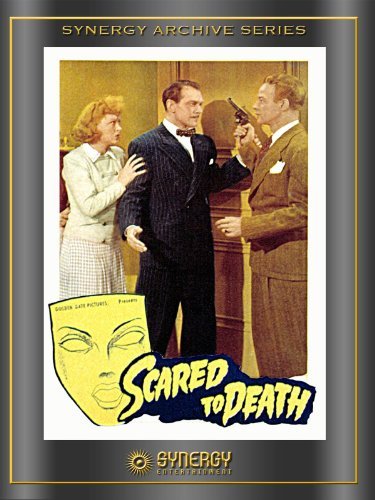
Theodore Sturgeon is known more for his sf short stories than his novels, but Some of Your Blood is exceptionally good.
By Scott A. Cupp
This is the 167th in my series of Forgotten Books.
I have read and enjoyed the work of Theodore sturgeon for nearly 50 years. I really loved his short stories, particularly “It,” “Killdozer” (which had a fun made-for-TV movie made), “Slow Sculpture” and perhaps my favorite short story, “The Man Who Lost the Sea.” When North Atlantic Books decided to publish the complete Theodore Sturgeon short stories, I went for the hardcover versions of all 13 volumes. They make a wonderful set and look great on the shelf. I dip in there frequently savoring the texture of his work.
I met Sturgeon only once, at an AggieCon in 1979 (which also had Boris Vallejo as a guest). Like a durn fool idiot I did not take all my books to get them signed. I had a copy of each of his books, maybe not all first editions, but I had the words. I don’t know why but a few years later he was gone. Among the things I did get signed were a copy of the Unknown pulp with “It” in it and a paperback edition of his Ellery Queen novel The Player on the Other Side. Of the many folks who did pseudonymous Ellery Queen novels (and that list included Jack Vance, Avram Davidson, and more) Sturgeon was the only one to get to play in the Ellery queen universe, using both Ellery and his father in the book. The others all did regular mysteries attributed to EQ. Apparently he also may have done a Saint novel The Saint Sees It Through though this is absolutely not substantiated. I like to believe it though so there.
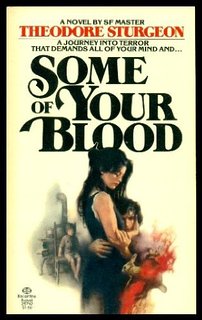 As a general rule, I like Sturgeon’s short fiction much more than his novels. His most famous one, More Than Human left me pretty cold. The Dreaming Jewels was OK but not up to his best work.
As a general rule, I like Sturgeon’s short fiction much more than his novels. His most famous one, More Than Human left me pretty cold. The Dreaming Jewels was OK but not up to his best work.
But Some of Your Blood is different from all of those others. This is a work of pure horror and like much of his shorter work it is subtle and succinct. The novel begins with two psychiatrists exchanging notes about a soldier referred to one of them. The soldier was in a war zone (maybe Korea) where mail home is censored for sensitive data. A censor reads a letter and forwards it to a major who immediately recommends the man be taken into custody and evaluated. The contents of the letter are not shown to the shrink.
The soldier “George Smith” (this may be an alias) seems somewhat slow but not particularly violent or psycho. He begins a long term analysis by two psychiatrists, who are trying to evaluate each other’s opinions off the record. Smith has grown up in a loveless home where his mother died fairly young. The family lives in a shack in the backwoods and the father is the town drunk who can get abusive. George frequently goes into the woods and hunts using his hands, a knife and his backwoods skills. He is not particularly bad, just not really good, an average-or-lower student who does not fit in well.
One night he is arrested for breaking into a store and stealing some food — something he had done for a while. He is sentenced to go away to a juvenile prison where he remained a fairly model student. When his two year sentence was up, he is informed that his father has died. Rather than go home or go live with his mother’s sister, he stays for another year. At the end of that he is taken to a new home with the aunt and her husband. He still doesn’t fit in well but he finds some affection from a local girl eight years his senior whom he meets secretly for sex. When she gets pregnant, he knows her father will kill him so he joins the Army. Here he has an undistinguished record until the letter incident.
The accounts of George either by himself or the interaction with the psychiatrist are fascinating. There is no moral compass and the answers to the Rorschach test are creepy as hell. The big secret is not revealed until the final few pages, including the contents of the letter — and it is wild.
This was a revolutionary book when it came out, as wild as Silence of the Lambs, but since it was a paperback, it went ignored beyond the science fiction and horror circles. Its reputation as a horror classic is well deserved.
For years, copies of this book were hard to find and cherished by those who had them. It appears to be in print at the moment and copies are available on ABE and eBay for varying prices as well as for Kindle.
I think you should check it out if you have not read it. And read it again if you have before. And have a Great Thanksgiving.
Series organizer Patti Abbott hosts more Friday Forgotten Book reviews at her own blog, and posts a complete list of participating blogs.



